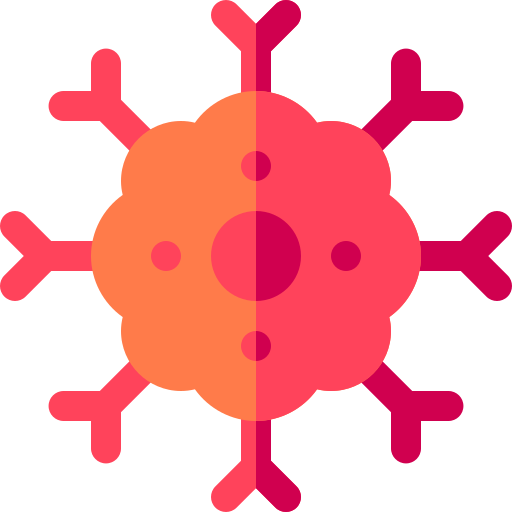BHA
Functions: Anti-oxidant, Masking


Description
Butylated Hydroxyanisole, known as BHA, is a waxy solid that can be found in a variety of cosmetics and personal care products, particularly in lipstick and eye shadow. Butylated Hydroxyanisole should not be confused with a class of cosmetic ingredients, Beta Hydroxy Acids, which may also be abbreviated BHA.
References
- California EPA (California Environmental Protection Agency). 9/2008. Office of Environmental Health Hazard Assessment. Safe Drinking Water and Toxic Enforcement Act of 1986. Chemicals known to the State to cause cancer or reproductive toxicity.
- Colborn T, D Dumanoski, JP Myers. 2006. Widespread Pollutants with Endocrine-disrupting Effects. Updated from original listing in "Our Stolen Future" (1996).
- EC (Environment Canada). 2008. Domestic Substances List Categorization. Canadian Environmental Protection Act (CEPA) Environmental Registry.
- EU (European Union)- Strategy for Endocrine Disrupters 2007. Commision on endocrin disruption requested by the European Parliament in 1998.
- FDA (U.S. Food and Drug Administration) 2006. Food Additive Status List. Downloaded from http://www.cfsan.fda.gov/%7Edms/opa-appa.html, Oct 16, 2006.
- FDA (U.S. Food and Drug Administration). 2008. EAFUS [Everything Added to Food]: A Food Additive Database. FDA Office of Food Safety and Applied Nutrition.
- IARC (International Agency for Research on Cancer). 2008. Overall Evaluations of Carcinogenicity to Humans, as evaluated in IARC Monographs Volumes 1-99 (a total of 935 agents, mixtures and exposures).
- IFRA (International Fragrance Assocication). 2010. IFRA Fragrance Ingredient List based on 2008 Use Survey. Accessed online 01/04/2010: http://www.ifraorg.org/Home/News/Latest-News/page.aspx/66?xf_itemId=43&xf_selectionDatapartId=25
- Illinois EPA (Illinois Environmental Protection Agency). 2000. Preliminary list of chemicals associated with endocrine system effects in animals and humans (*) or in vitro (+). In EPA (U.S. Environmental Protection Agency) 2000. Handbook for Non-Cancer Health Effects Valuation, Appendix C.
- NLM (National Library of Medicine). 2006. HazMap — Occupational Exposure to Hazardous Agents.
- NLM (National Library of Medicine). 2012. PubMed online scientific bibliography data. http://www.pubmed.gov.
- NTP (National Toxicology Program). 2005. Report on Carcinogens, Eleventh Edition; U.S. Department of Health and Human Services, Public Health Service, National Toxicology Program.
- OSPAR (Oslo-Paris). 2002. OSPAR List of Substances of Possible Concern. Secondary OSPAR List of Substances of Possible Concern. Secondary OSPAR. Place Published, OSPAR Convention for the Protection of the Marine Environement of North-East Atlanic.